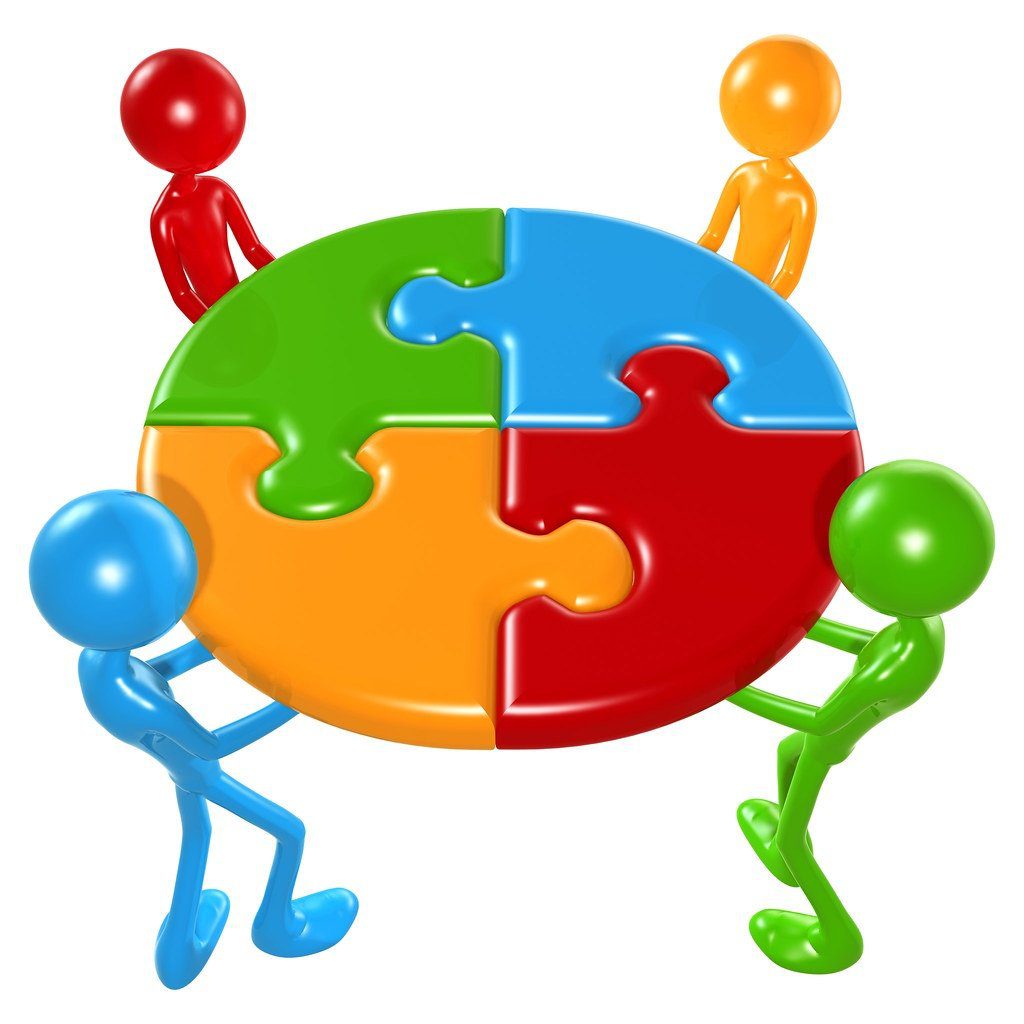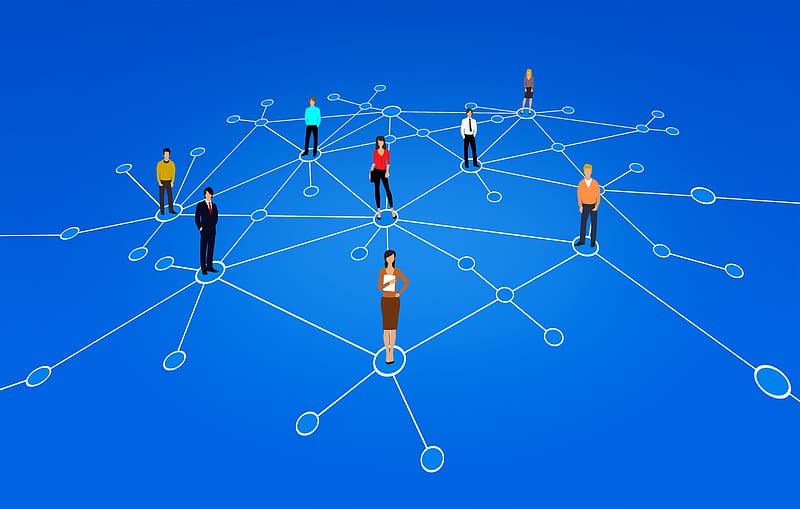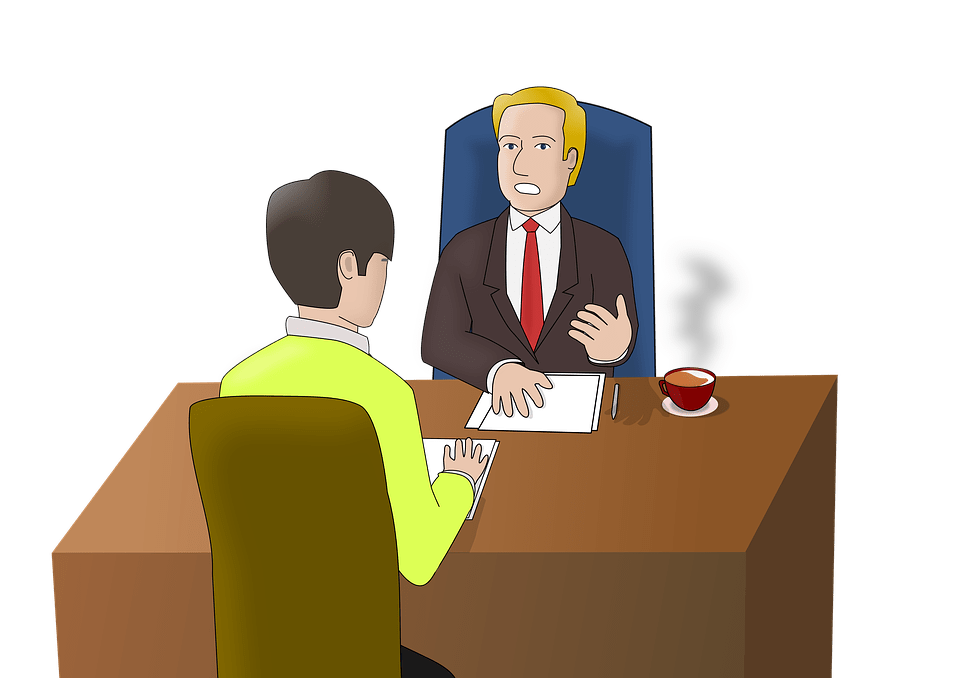Have you ever been a part of a team where everyone seems to be doing their own thing, but no one really knows what they’re supposed to be doing? It’s like a chaotic circus without a ringmaster.
Trust me, I’ve been there, and it’s not a fun place to be. But fear not, because, in this blog post, we are going to dive into the world of team member roles and responsibilities.
By the end of this post, you’ll have all the tips and tricks you need to turn your team into a well-oiled machine, where everyone knows their part and plays it flawlessly. Ready to transform your team into a powerhouse of productivity? Let’s get started!

Jump To Section
How Do Team Member Roles and Responsibilities Affect Group Dynamics?
Team member roles and the people you have in those roles have a huge impact on group dynamics and the success of the team. Putting the right people together on a project can be the difference between the success or failure of the team. This is a crucial step for project managers and supervisors.
Contrary to popular belief, this doesn’t always mean putting your best employees together. I have put my best employees together on projects, and they didn’t perform up to my expectations. On the other hand, I’ve put weaker employees on a project, and they far exceeded my expectations. This is all due to how well team members complement each other and work together toward a common goal.
Team Member Roles and Responsibilities Defined
In any team, there are different roles and responsibilities that team members take on in order to achieve a common goal. Each role requires a unique set of skills and abilities, and it is important for team members to understand their own roles as well as the roles of their teammates. Here are some typical team member roles and responsibilities:
Team Leader Role and Responsibilities:
The team leader guides the group and keeps them on task. This is the project manager. Project completion is the responsibility of the team leader. Conflict resolution and leading by example are skills of a team leader. The best team leaders are highly respected by the rest of the team members. They also have good values and ethics that are in line with the company’s and are committed to the success of the company.
Visionary Role and Responsibilities
Visionaries constantly think of new ideas to make things better. Visionaries express their vision to the rest of the team and are also good at discussing why change is needed. Often, visionaries will motivate others with their vision. They always look at the way things are and want to improve on them. Visionaries may have a hard time looking past their ideas and seeing others’ ideas. This is why the leader needs to make sure all team member’s voices are heard.
Motivator Role and Responsibilities:
The motivator is very good at getting people excited about work. They make the job fun for many. The motivator might use humor, hard work ethic, or even a little friendly competition to keep the team motivated. Motivators are great to have on almost any team because a happy team typically gets more done than an unhappy team.

Networker Role and Responsibilities
The networker is a people person with many various connections. They are great at building and maintaining relationships not only within the team but also externally to the team. Their vast network is used to help the team get the aid or resources needed to get the job done. These people can be very useful in projects that need a lot of agencies or departments to make it happen.
Workhorse Role and Responsibilities:
The workhorse is the person who just wants to work. Normally, workhorses just want to be told what to do and how to do it. If given a good direction, workhorses advance projects very well. They normally don’t have much to contribute to the planning part of a project. Use workhorses in the production part of a project to best use their skills.
How to Use Team Member Roles When Making a Team!
Selecting the right team members to fill the roles on a project is crucial to the success of the project. Filling all roles on every project is not necessary, and one person can fill many roles. For example, the leader might also be a visionary and a motivator.
First, you need to decide what kind of project your team will be engaged in. What is the mission of the team? What are the goals of the team? Is the project a simple project or a more complex project? Answering these questions will help you decide what kind of team you are looking for and also what team member roles are important to the success of the team.
The choice of team members relies heavily on the team’s mission. For instance, if the project is simple and focused more on production, you will want a team more focused on workhorses. You may not need to fill roles like visionary and networker. On the other hand, if the project is something more complex like designing a new product, you want to focus on visionaries and may not need to fill the role of a workhorse on the team. The mission of the team ties directly into who will be on the team.
Building Team Cohesion
Building team cohesion is essential for the success of any team. Cohesive teams work together more effectively, communicate better, and are more productive. Here are some strategies for building team cohesion:
- Set clear goals: Start by setting clear goals for the team. This helps to focus everyone’s efforts and ensure that everyone is working towards the same objective.
- Encourage open communication: Encourage open communication among team members. Encourage team members to share their ideas, opinions, and concerns. This helps to build trust and promotes collaboration.
- Promote teamwork: Promote teamwork by assigning tasks that require collaboration and cooperation among team members. Encourage team members to work together to achieve their goals.
- Provide positive feedback: Provide positive feedback to team members for a job well done. This helps to build morale and motivation and encourages team members to continue working together.
- Foster a positive team culture: Foster a positive team culture by promoting values such as respect, accountability, and trust. Ensure that everyone on the team feels valued and respected.
- Encourage team building activities: Encourage team building activities that promote collaboration and teamwork. This could include activities such as team lunches, off-site retreats, or team-building exercises.
- Address conflicts quickly: Address conflicts quickly when they arise. Encourage team members to work through conflicts constructively and find solutions that benefit everyone on the team.
- Celebrate successes: Celebrate successes as a team. This helps to build a sense of accomplishment and reinforces the idea that everyone on the team is working towards a common goal.
By implementing these strategies, you can build a cohesive team that works together effectively and achieves its goals. Remember, building team cohesion takes time and effort, but it is ultimately worth it for the success of the team and the organization.
What if the Team is Already Formed?
Even if you have a full team, it is important to evaluate the roles and responsibilities of each member to ensure that the team is functioning effectively. If the team is not performing as expected, it may be because certain roles are not being fulfilled or because there is a lack of clarity around roles and responsibilities.
By taking a closer look at the team and evaluating which roles are important for the mission of the team, you can identify any gaps or areas where improvements can be made. For example, if the team is struggling with communication, it may be helpful to identify a member who can take on the role of a communicator or to provide communication training to all team members.
If a particular role is not being fulfilled, you can consider adding a new member to the team who has the skills and expertise to fill that role. Alternatively, you can work with an existing team member to help them develop the skills needed to fulfill that role more effectively. This could involve providing training, coaching, mentoring, or other forms of support.
By ensuring that all team roles are being fulfilled, you can improve the overall effectiveness of the team and increase the likelihood of achieving your goals. This can also help to build a positive team dynamic by ensuring that all team members feel valued and are contributing to the success of the team.

Group Dynamics in the Hiring Process
Team member roles also come into play in the hiring process. When you are choosing a candidate for a position, you need to not only make sure the candidate is qualified but also want to make sure the candidate is a good fit with the team you already have in place. Even the best candidates can underperform if they don’t fit in with the team. This doesn’t mean hiring an underqualified candidate but keep your team in mind when filling positions.
For more hiring information, see 13 Ways to Ensure You Always Hire the Right Person.
To Wrap It Up
The success of the team is dependent upon group dynamics. Understanding team members’ roles and how they work together will put your team in a better position for success. Having the right people in the right roles can make life easy for a supervisor. When you have a team that runs like a well-oiled machine, everything becomes almost automatic, and it gives you time to focus on other aspects of the job.
If you found this article on team member roles and responsibilities beneficial, please share using the buttons below.


